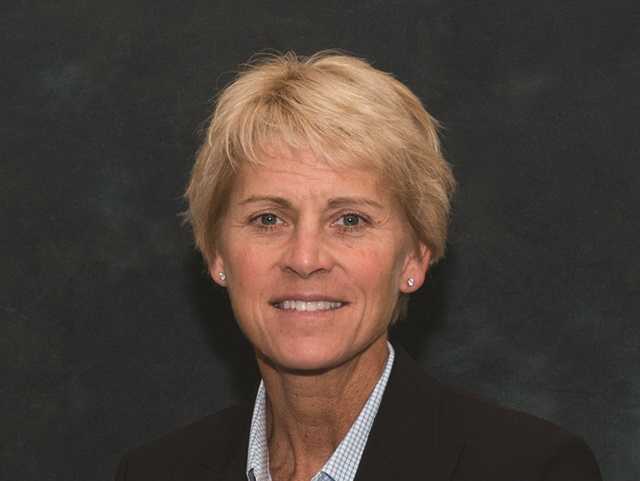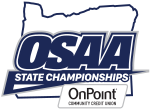
It’s decision time in our nation’s schools. Will the 56 million-plus students in K-12 schools be able to return to the classroom for the first time since March or continue with their distance-learning format from home? And, will the 12 million participants in high school activity programs be able to take the field, court or stage? If only there were clear-cut answers to these questions.
State association, education and government leaders are having a difficult time answering these questions as there is no one-size-fits-all solution. During the past four months, we have seen different parts of the country affected more than others at any given time, so one state’s plan may look different than another based on the current spread of the virus.
Although there will be areas of the country where a return to the classroom and to activity programs may be delayed due to spiking COVID-19 cases, we believe the resumption of in-person classes, sports and other activities is crucial to the growth, development, and mental and emotional wellness of our nation’s youth.
In March, as difficult as it was, a complete shutdown of activities was necessary to slow the spread of the virus while mitigation efforts were put in place. However, the cessation of in-person classes and education-based sports and performing arts – a cocurricular endeavor – has come at a cost. With the health and safety of everyone at the forefront, students need to return to schools.
In a study conducted by the University of Wisconsin’s School of Medicine after the March shutdown of schools, 68 percent of the state’s student-athletes reported symptoms of depression by May. Dr. Tim McGuine, University of Wisconsin researcher who serves on the NFHS Sports Medicine Advisory Committee, said about 65 percent of Wisconsin student-athletes reported anxiety symptoms due to COVID-19 closures.
This study confirms that involvement in high school sports and activities is absolutely vital to the social, emotional and mental health of high school students. So, with the realization that another shutdown would bring much pain and grief to our nation, how do schools continue to provide in-person learning opportunities amid the COVID-19 pandemic?
First, there must be a realization that the pandemic is far from over. As a result, in order to conduct sports and other activity programs in a safe manner, it will take a resolve on the part of everyone to keep going and keep trying. Things will not look the same as in the past. And there should be an abundance of care for coaches, administrators, officials and others who are more susceptible to the virus than the students. But a return to play must be done with a positive and informed perspective to keep these programs going. We need to be in the moment and working together.
Our member state associations deserve a shout-out for their tremendous effort in working with governors and local and state health leaders. Currently, there are eight states that have pushed back the start of the fall season – some due to mandates from state government – but they are all committed to offering some type of activities this fall if possible. While the high-risk sports may have to be delayed, state association leaders are trying to find the safest ways for students to be involved in activities this fall.
As we mentioned a couple of weeks ago, this will only happen TOGETHER and UNITED. Masks must be worn, and social distancing must be enforced at all times. But if we work TOGETHER and UNITED and think about the other person, we can provide students a chance to return to these vital activities.
Online link to article: https://www.nfhs.org/articles/with-safety-measures-in-place-students-need-sports-and-performing-arts-for-mental-and-emotional-wellness/
Dr. Karissa L. Niehoff is in her second year as executive director of the National Federation of State High School Associations (NFHS) in Indianapolis, Indiana. She is the first female to head the national leadership organization for high school athletics and performing arts activities and the sixth full-time executive director of the NFHS, which celebrated its 100th year of service during the 2018-19 school year. She previously was executive director of the Connecticut Association of Schools-Connecticut Interscholastic Athletic Conference for seven years.











